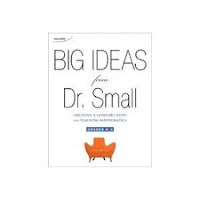This is interesting to look at. Could be a great overhead, or document camera projection while entering the class.
1 = One
10 = Ten
100 = One hundred
1000 = One thousand
86400 = The number of
seconds in a day
1000000 = One million
31556926 = The number of
seconds in a year
1000000000 = One billion
7000000000 = The estimated
human population on Earth (2011)
1000000000000 = One
trillion
1000000000000000 = One
quadrillion
1000000000000000000 = One
quintillion
1000000000000000000000 =
One sextillion
1000000000000000000000000
= One septillion
1000000000000000000000000000
= One octillion
1000000000000000000000000000000
= One nonillion
1000000000000000000000000000000000
= One decillion
1000000000000000000000000000000000000
= One undecillion
1000000000000000000000000000000000000000
= One duodecillion
1000000000000000000000000000000000000000000
= One tredecillion
1000000000000000000000000000000000000000000000
= One quattuordecillion
1000000000000000000000000000000000000000000000000
= One quindecillion
1000000000000000000000000000000000000000000000000000
= One sexdecillion
1000000000000000000000000000000000000000000000000000000
= One septendecillion
1000000000000000000000000000000000000000000000000000000000
= One octodecillion
1000000000000000000000000000000000000000000000000000000000000
= One novemdecillion
1000000000000000000000000000000000000000000000000000000000000000
= One vigintillion
10000000000000000000000000000000000000000000000000000000000000000000000000000000000000000000000000000
= One googol (the number 1 followed by 100 zeros)
1000000000000000000000000000000000000000000000000000000000000000000000000000000000000000000000000000000000000000000000000000000000000000000000000000000000000000000000000000000000000000000000000000000000000000000000000000000000000000000000000000000000000000000000000000000000000000000000000000000000000000
= One centillion (the number 1 followed by 303 zeros)
One googolplex = The number 1 followed by a googol
zeros (there literally isn't enough room in the universe to write this number).
While not really a number, ‘infinity’ refers to a limitless quantity and
is represented by a symbol that looks like the number 8 placed on its side.








